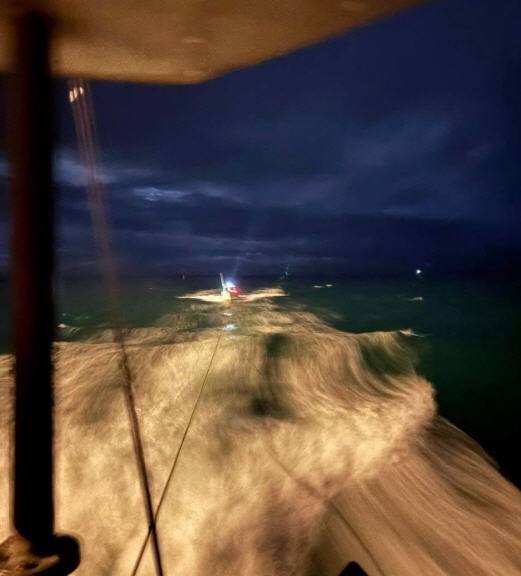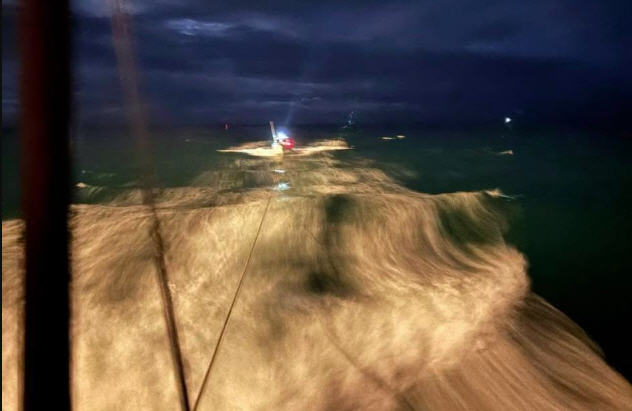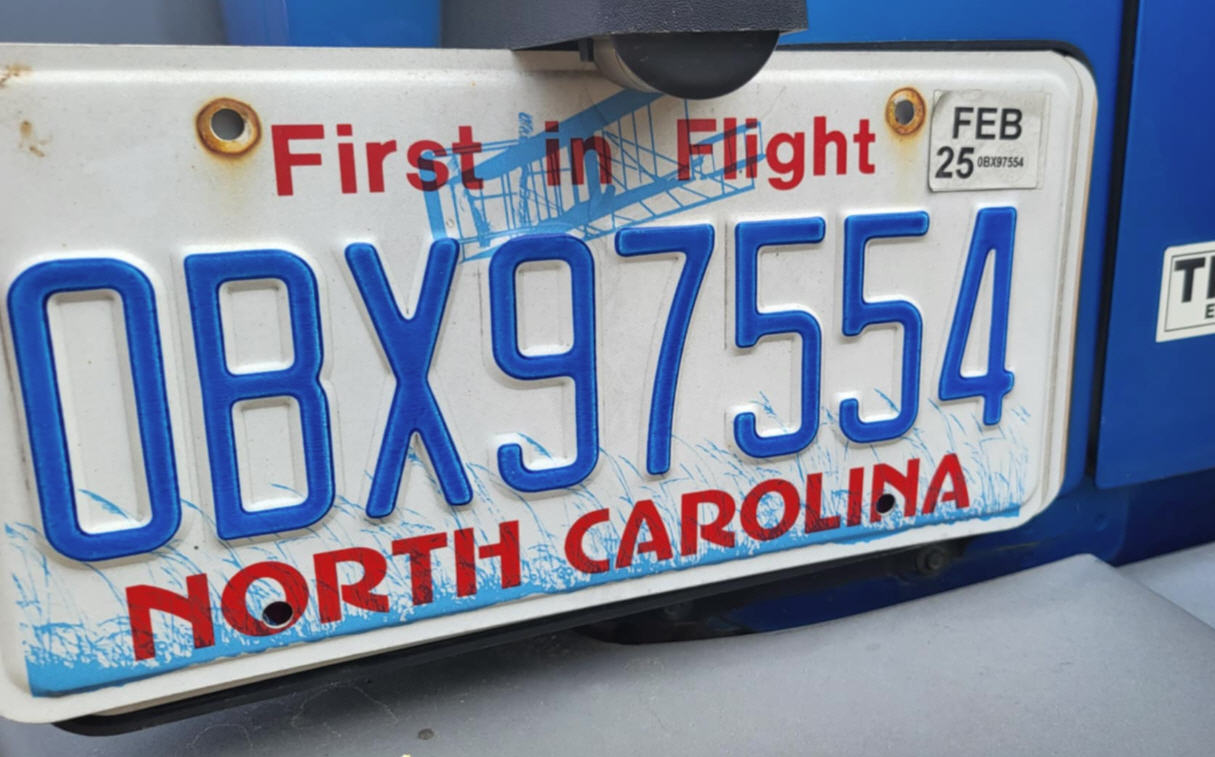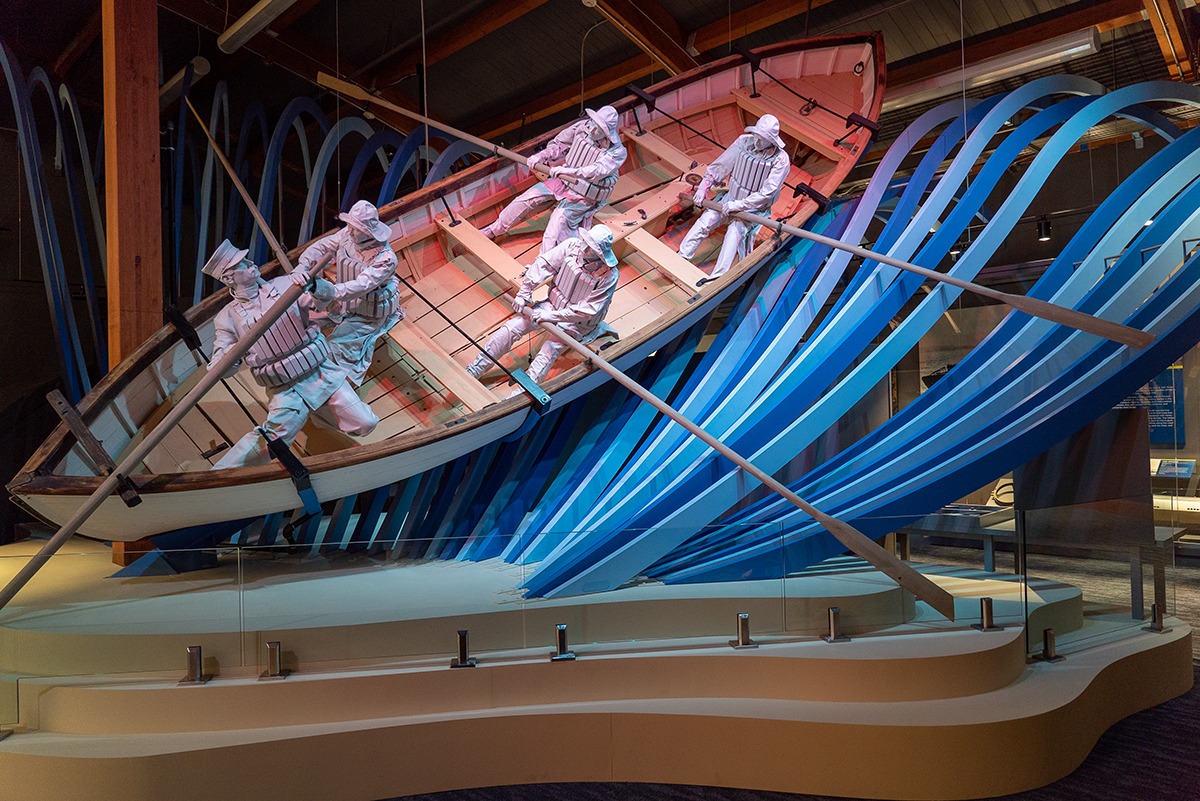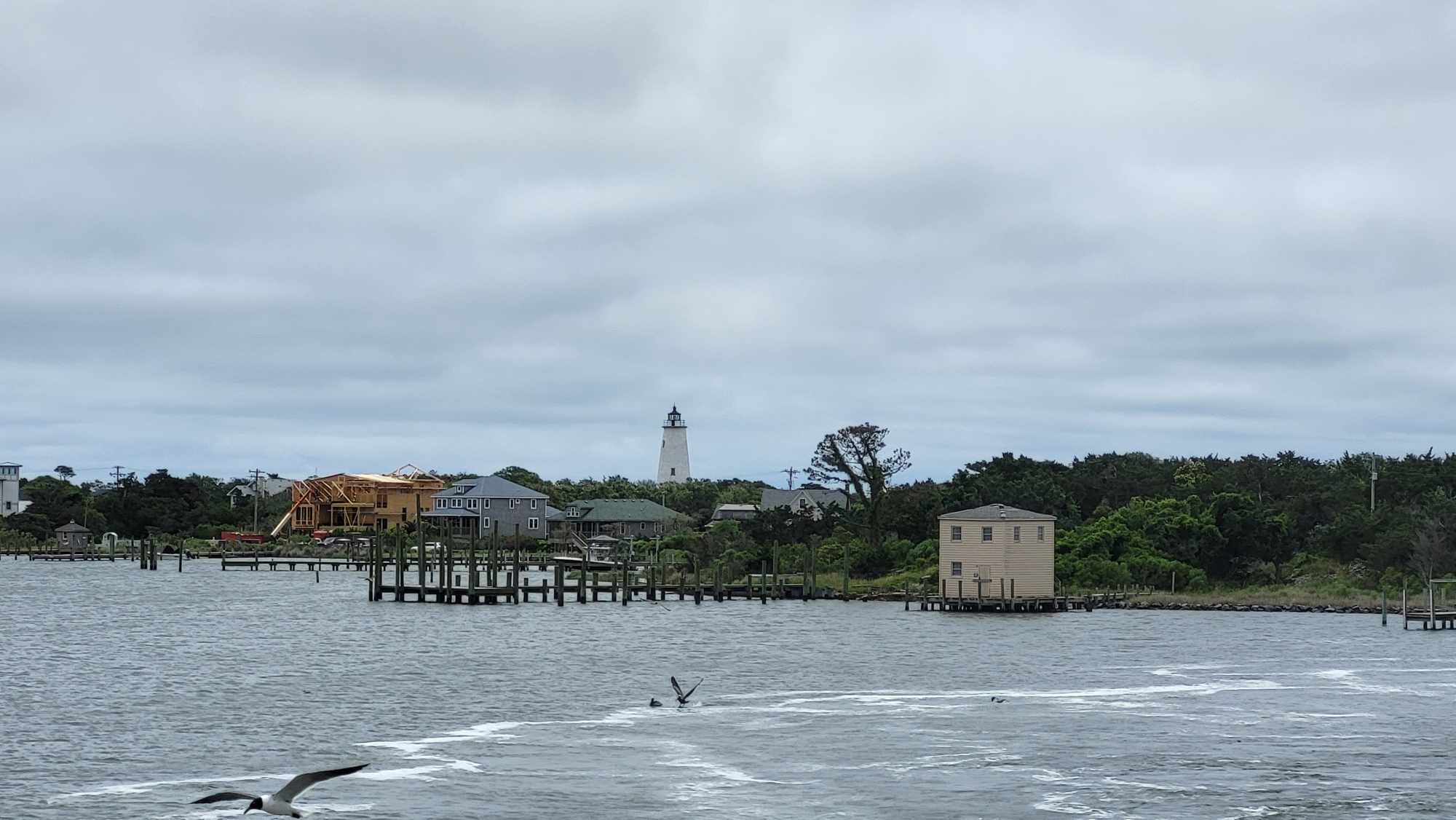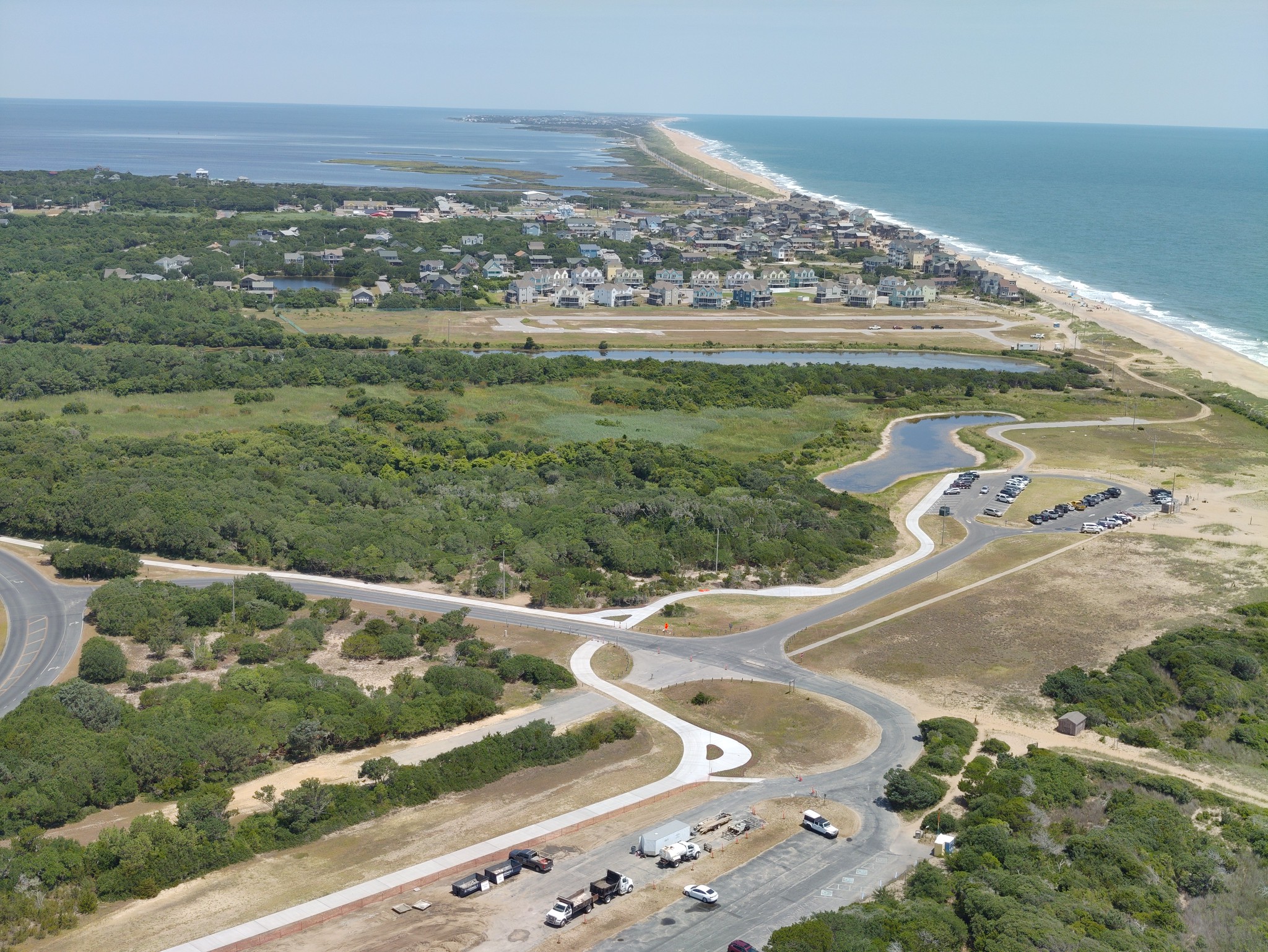Connecticut reigniting the controversy over who was first in flight
“First in Flight” is apparently still up for grabs, at least as far as the state of Connecticut is concerned.
The centennial of the Wright brothers’ first manned, powered flight was 10 years ago, and the mostly good-natured feud between North Carolina and Ohio over where flight began has long quieted.
Now Connecticut has stirred up the coals again with a claim of being first in flight. Its state lawmakers this month passed a bill to proclaim an annual Powered Flight Day “to honor the first powered flight by Gustave Whitehead” and to commemorate the state’s aviation industry.
Whitehead, a German immigrant, reportedly flew his aircraft, known as “No. 21,” as high as 50 feet for nearly 2 miles over Bridgeport, Conn on Aug. 14, 1901.
That’s more than two years earlier — and much, much longer — than the Wright’s first 12-second flight on Dec. 17, 1903 on the Outer Banks.
“The Connecticut state legislature can pass anything it wants,” responded Dean Alexander, superintendent of the Dayton Aviation National Historical Park. “Is there credible evidence? No. The Wright brothers’ patents stood up in court.”
In fact, it was Connecticut U.S. Sen. Hiram Bingham, along with North Carolina Rep. Lindsay Warren, who introduced the legislation that established Wright Brothers National Memorial in Kill Devil Hills in 1928 to protect the place where flight began, said Bill Harris, a Wright historian and former superintendent of the National Park Service Outer Banks Group.
Harris said he believes that the renewed claim to fame for Whitehead is a bid for attention.
“I don’t think any objective historian would give this claim five minutes of credibility,” he said.
Spurred by new photographs and newspaper accounts found recently by Australian aviation historian John Brown, “Jane’s All the World’s Aircraft,” considered the aviation world’s Bible, in March announced that the new information convinced them that Whitehead, not the Wrights, flew the first successful powered flight.
Tom Crouch, the senior curator of the Smithsonian’s Air & Space Museum, not only dismisses the claim, he also surmised it could be publicity stunt.
“You have to put it in context,” he said. “This is the 100th anniversary of Jane’s.”
Brown’s evidence is detailed on his website, www.gustave-whitehead.com, which says that at least 86 newspapers wrote about Whitehead’s flights in 1901 and 1902, and that a newly discovered photograph shows Whitehead flying his plane, also known as the “Condor.”
“Obviously, the news has us very excited,” said Andrew King, the executive director of the Connecticut Air & Space Center in Stratford, Conn. “I’m willing to bet his plane got up in the air.”
The museum features a large display about Whitehead, and in April, it exhibited a replica of his plane.
King said that Brown’s eyewitness accounts and photographs make a pretty convincing case for Whitehead’s claim, but it needs to play out to see where the dust settles.
“I think it’s a great debate and a great story,” King said. “The museum feels this is great for the conversation.”
Bridgeport, a tiny industrial city next to Stratford, believed that Whitehead flew before the Wrights long before Brown’s latest research, said Bridgeport Mayor Bill Finch. The city last year dedicated a fountain with a metal replica of Whitehead’s plane, located near where he flew. At its base is a granite stone engraved with the words “First in Flight.”
“People on the Outer Banks feel very possessive about the Wrights’ flight, as they should,” Finch said. “We’re not cruising for a fight over this . . . (Whitehead) did it. He ought to get credit.”
Back in 1986, Andy Kosch, today a museum board member, built a Whitehead plane replica and flew it repeatedly with increasing success. At one point, he flew 330 feet at a height of about 6 feet. But on his last flight, a wheel came off and hit someone.
“Everybody tried to sue me then,” Kosch said, “so that was pretty much the end of my testing days.”
Kosch, who is a teacher, said that about 10 years later another plane, based on his replica, was built and flown in Germany at Whitehead’s home town. It also flew successfully, he said.
“I certainly would not say anything bad about the Wright brothers,” he said. The issue to him is that Whitehead’s accomplishment deserves credence. “If someone got off the ground before them, give the guy a little credit.”
But Larry Tise, the Wilbur and Orville Wright distinguished professor of history at East Carolina University, said that the Wright brothers never claimed to be the first to fly.
“The main thing is controlled flight,” he said. “Lots of people were flying.”
Tise said that it was the state of North Carolina, not the Wright brothers, that laid claim to “first in flight.” He also called into question the credibility of newspaper accounts of the era, considering that the first story published about the Wrights in 1903 reported their flight to be 16 miles, rather than the actual distance of 120 feet.
Litigation in U.S. District Court in 1913-1914, Tise added, ruled in favor of the Wrights as the inventors of heavier-than-air manned, controlled flight.
“If Whitehead figured out how to fly,” he said, “then he should have sold his patent to somebody and set up a company like the Wright brothers.”
The bottom line, Crouch said, is that there is nothing in Brown’s research that reveals any new information.
“I think when you look at the evidence,” he said, “it becomes a house of cards.”
For example, Crouch said that the first newspaper article about Whitehead’s flight cited two witnesses. But, he said that a researcher for the National Aeronautics Association magazine, who later looked for the witnesses, found only one. And that man, James Dickey, said that he was not there and did not witness any flight. Crouch also said that many of the articles Brown cites were mostly repeated from the same account, as is typically done with wire stories. He added that Brown does not mention the negative stories about Whitehead.
Crouch recounted an article in the Bridgeport Evening Farmer on April 5, 1902, that stated that Whitehead had built two flying machines, “neither of which flew.”
Numerous accounts from people who knew Whitehead in the late 1890s and early 1900s, Crouch said, referred to him in unflattering terms, including a former employer who called him “a master of lying.”
Despite his museum’s arrangement with the Wright estate to display the original Flyer, Crouch said he would have no problem with crediting another inventor for the achievement of controlled flight.
“But I’m still waiting,” he said. “No one has convinced me yet.”


